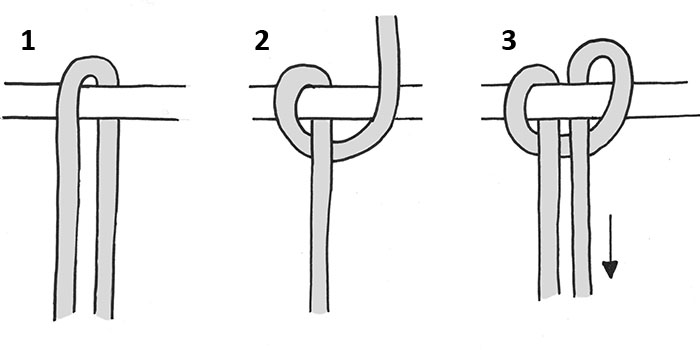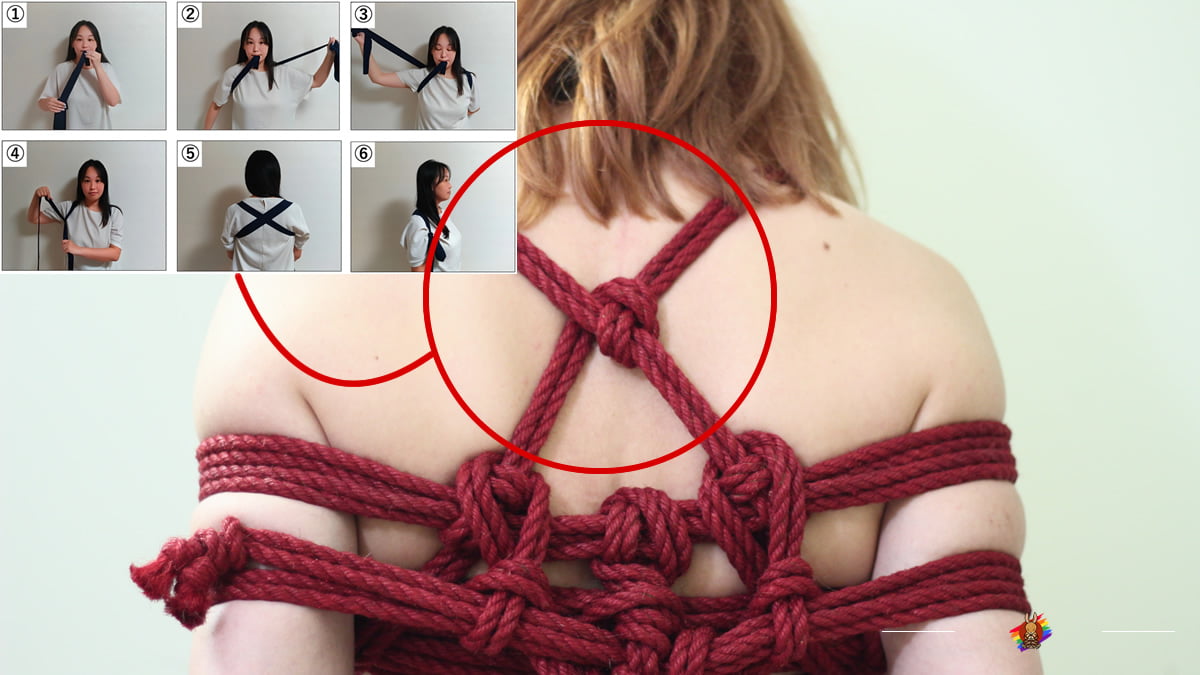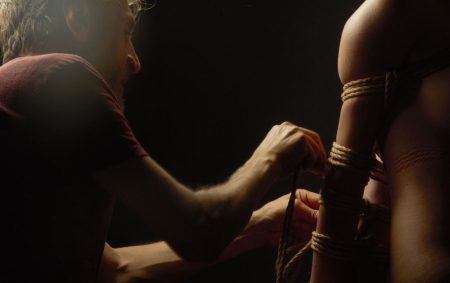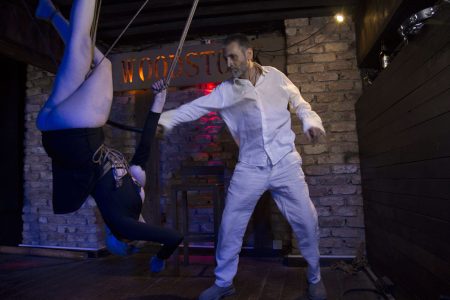There are two different lanes based on "Bondage / Bondage" as a terminology. One of them is "Fusion", which we call the Western style, and the other is the "Japanese" style, which we call "Traditional". There are huge differences between the two in terms of both results and processes. In this article, we will try to briefly explain why we use the words shibari or kinbaku instead of bondage, and write the differences between these two.
WESTERN STYLE ROPE BONDAGE
Western-style rope bondage is often done for sexual purposes. This is part of BDSM and has what might be called foreplay. Of course, the result is certain and the process works in this direction. As in most BDSM practices, there is aesthetics with a western-style approach in rope bondage. The purpose of this aesthetic does not go far beyond tying ropes for restraint. Although the safety and risk profiles are the same, it basically starts with the materials used in the main brace. Western style uses cotton, nylon and similar synthetic fiber threads. In general, these threads are materials with a lower risk profile and serve the purpose.

Larks Head
Western style often uses a dynamic knot that we usually call the "larks head". Usually it is started with this knot and at the end of the tie all the ropes are joined at this point and ended with a square knot. This time-wasting way of tying is because, as I mentioned above, the look at the rope bondage is a foreplay. Instead of technically practical knots, ties are used during sex role play that focus entirely on immobilization.
An example and a video of Two Knotty Boys, one of the best-known representatives of Fusion Bondage, will suffice to explain what we mean (Video 1).
Many western-style rope is used as a single line in bondage practices (Video 2), and the two ends are usually joined after tying. This does not mean that it is not used exponentially (Video 3).
https://www.youtube.com/watch?v=taTF1frSooQ
Two Knotty Boys "The Corselet Harness" (Video 1)
https://www.youtube.com/watch?v=01TWJZLyMHI
Two Knotty Boys "Double Column Tie" (Video 2)
https://www.youtube.com/watch?v=ZPe0hjflIAA
Watts The Safeword "Harness Tie" (Video 3)
No matter how much attention is paid to safety, especially in double-column tying, in positions where the arms are stretched (such as tying the arms behind the back), tying creates a risk due to the pressure on the veins.
JAPANESE STYLE ROPE BONDAGE

While ropes are folded in half and wound in double layers and lines, kanuki is commonly used to mutually secure ropes, allowing for snug-looking ties such as Takatekote (TK). The risk profile has been developed and improved in a historical process, and perfectionist schools (ryu) have adopted different techniques.
In Japanese rope bondage, each tie carries a symbolic meaning. This is the most important feature that makes Japanese style special and different from others. Example; Takete Tasuki-Gake, which is widely used today, is a technique developed by the great Master Akeshi Denki, inspired by the fabric strip used to tie the sleeves of traditional Japanese kimonos. This is a small example of how Japanese life culture has influenced the shibari and that every symbol added to the shibari has a story.




